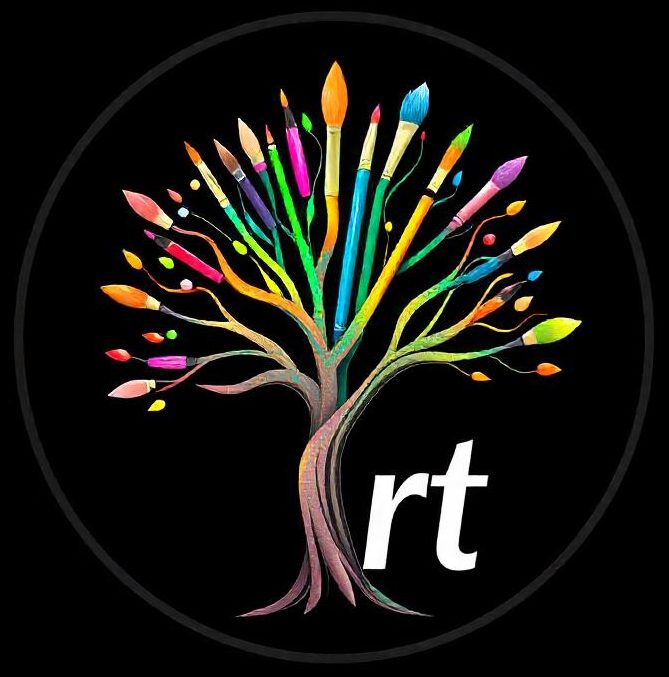John Smith is a renowned sculptor whose work bridges the gap between traditional craftsmanship and contemporary design. With a unique approach that incorporates both classical techniques and modern innovation, John has become a standout figure in the world of sculpture. We had the opportunity to sit down with him and discuss his creative process, the fusion of old and new in his art, and his vision for the future of sculpture.
Q: John, thank you for joining us. Can you tell us a bit about your background and how you got started in sculpture?
John Smith: Thank you for having me. I’ve always been drawn to the arts, and sculpture specifically has been a passion of mine since I was young. I grew up in a family of artisans, so I was exposed to woodworking, metalworking, and stone carving early on. After studying fine arts at university, I worked with a few established sculptors, which helped me refine my technique and develop my own style. The combination of traditional craftsmanship and contemporary concepts has always intrigued me, and that’s something I’ve carried into my work.
Q: Your sculptures have a distinct look, blending classical techniques with modern elements. What inspired this fusion?
John Smith: For me, the idea of fusing modern and traditional techniques was a natural progression. I have great respect for classical sculpture, particularly works from the Renaissance period. The craftsmanship and attention to detail are unmatched. But I also believe that art should evolve and reflect the times. Modern technology and materials open up new possibilities for artistic expression. So, I started experimenting with using traditional materials like marble and bronze, but I also began incorporating modern elements like LED lighting and industrial metals. It creates a juxtaposition between the old and the new, and I think that contrast speaks to a contemporary audience.
Q: How do you decide which materials to use for a specific piece? Do you prefer one material over another?
John Smith: The material really depends on the concept and the feeling I want to convey. I’m very much influenced by the texture and weight of materials. Marble, for example, has this timeless quality that gives a sense of permanence and elegance. Bronze, on the other hand, has an organic flow that allows for more flexibility and movement. More modern materials, like glass or stainless steel, allow for light reflection and transparency, which can give a piece a sense of energy and motion. It’s all about the emotion I want to evoke in the viewer and the physical characteristics of the material that align with that vision.
Q: Your works often explore themes of movement and transformation. Can you explain why those themes are so central to your art?
John Smith: Absolutely. I think movement and transformation are universal concepts that resonate with people on a deep level. We’re constantly in flux—whether it’s physically, emotionally, or intellectually. Life is always changing. That’s something I want to capture in my work. Movement doesn’t just refer to physical motion; it’s also about the energy and emotional shifts that occur over time. I find that when I incorporate elements like swirling forms or abstract figures, it invites the viewer to interpret the piece in their own way. It becomes about their personal journey, their own transformation.
Q: Can you tell us about one of your most recent projects and the inspiration behind it?
John Smith: One of my most recent projects is a large-scale outdoor sculpture that I just completed for a public installation. The piece is called “Eclipse,” and it’s meant to represent the idea of contrast and harmony. The sculpture is made of stainless steel and features two overlapping circular forms, one matte and one reflective. The reflection plays with the environment around it, constantly shifting depending on the time of day and the weather. The idea behind it is that while our lives are filled with both light and shadow, the beauty lies in how those opposites interact and transform. It was a challenging but rewarding project, and I’m excited for it to be part of a public space where it can engage with a broader audience.
Q: What do you hope people take away from your work when they see it in person?
John Smith: I hope people take away a sense of wonder and curiosity. I want them to stop and think about the emotions or stories that my pieces evoke. Art is not just something to look at; it’s something that should make you feel. Whether it’s awe, joy, or even discomfort, I want my sculptures to be a conversation starter—something that challenges the viewer to think differently about the world around them. The fusion of modern and traditional elements in my work is my way of showing that the past and the future aren’t separate—they’re intertwined, and that’s where the real magic happens.
Q: Looking ahead, what’s next for you? Any upcoming projects or exhibitions?
John Smith: I’m currently working on a new series of sculptures that explore the theme of “connection.” It’s a continuation of the ideas in “Eclipse,” but it will focus more on the interconnectedness of different elements—whether it’s nature, technology, or human relationships. I’m also planning a solo exhibition in the coming year where I’ll showcase this new series, so I’m really excited about that. I’m always evolving and looking for ways to push the boundaries of my work, so who knows what will come next?
Conclusion
John Smith’s work exemplifies the seamless fusion of the old and new, proving that traditional craftsmanship and modern concepts can coexist in the world of art. His innovative approach to sculpture continues to inspire and challenge the art community, and we can’t wait to see what his next creations will bring.



